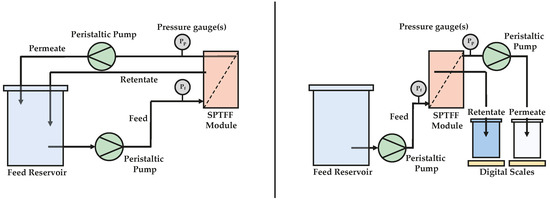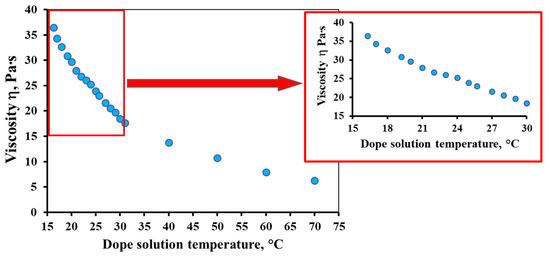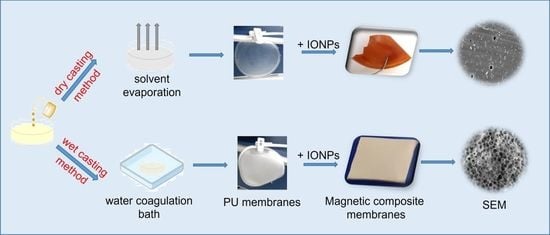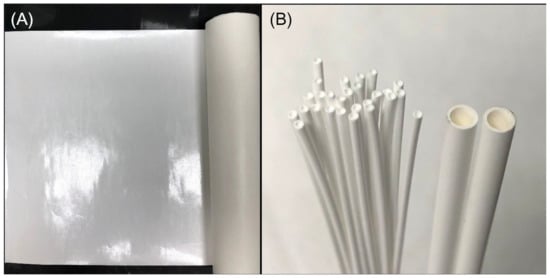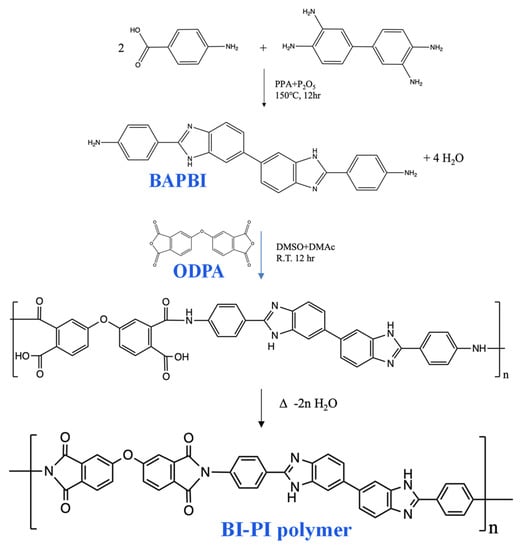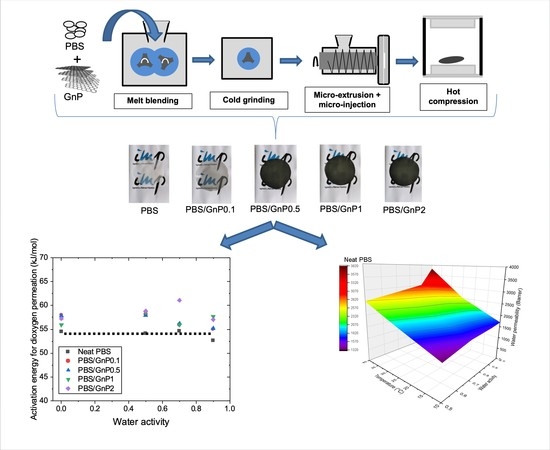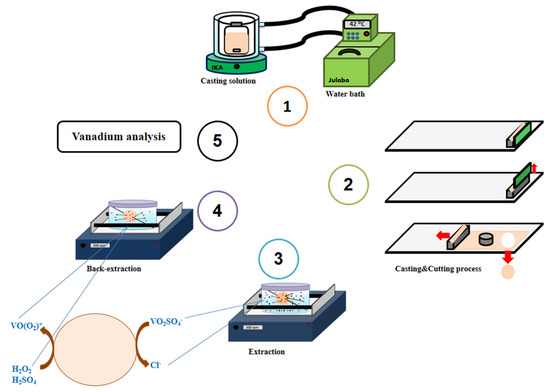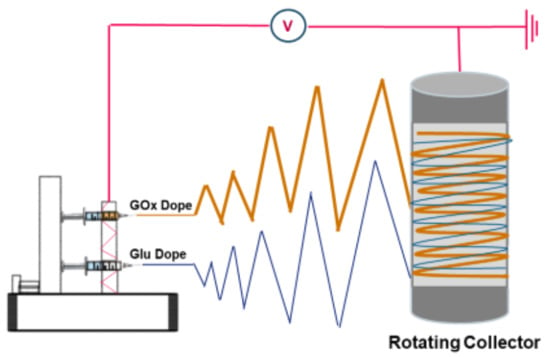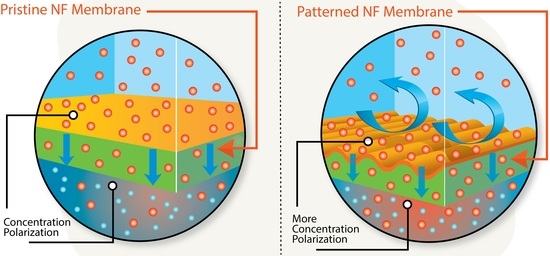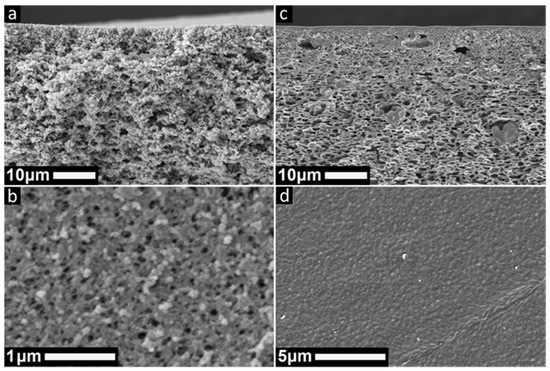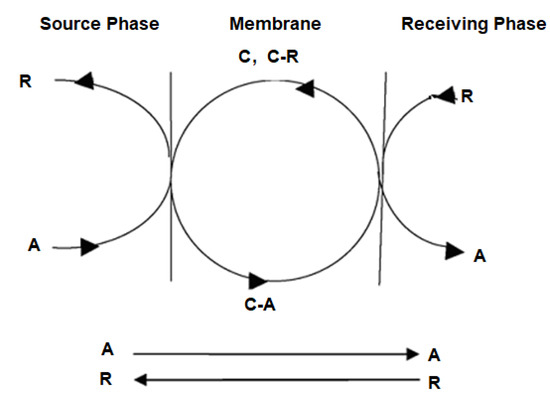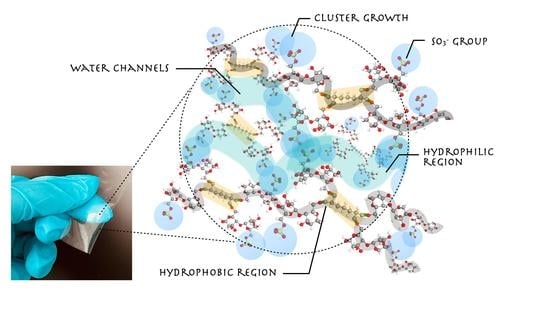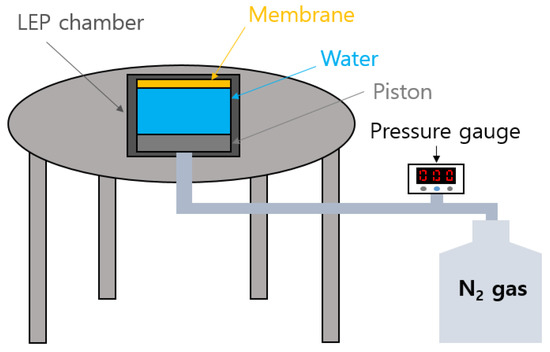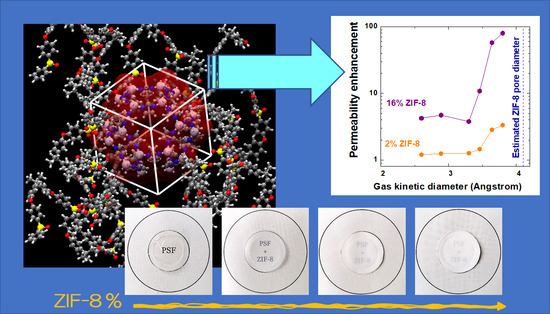Polymeric Membranes: Science, Materials and Applications
A topical collection in Membranes (ISSN 2077-0375). This collection belongs to the section "Polymeric Membranes".
Viewed by 89157Editor
Interests: developing and/or improving polymeric membrane materials for water treatment and water reuse applications
Special Issues, Collections and Topics in MDPI journals
Topical Collection Information
Dear Colleagues,
Membrane technology has been used in liquid and gas separations for decades due to membranes being easy to fabricate, simple to use, with high selectivity and not needing to regenerate sorbents. Membranes are commonly made of polymeric, ceramic and stainless-steel materials. Of these, polymeric membranes are the most popular due to the following features: high selectivity, easy operation, ability to be functionalized and modified, among others; hence, they have been extensively studied.
Multiple polymers have been investigated in membrane fabrication, including conventional polymers, such as cellulose acetate (CA), polysulfone (PSf), polyethersulfone (PES), polyvinylidene fluoride (PVDF), polyvinylidene fluoride (PVDA), cellulose diacetate (CDA), cellulose triacetate (CTA), polyethersulfone, polyether urea, polyamide (PA), polyetheramines, polypropylene, and, more recently, some sustainable polymers. CA and PSf are among the most common polymers employed to fabricate membranes and have been widely researched. When first developed, PVDF was considered a game-changer since it exhibited high chemical and thermal resistance along with high mechanical strength. Besides these conventional petroleum-derived polymers, much research has been performed on sustainable polymers; for example, celluloses, poly(lactic acid) (PLA), bamboo fiber, chitosan, etc. Sustainable polymers have been investigated to minimize the use of petroleum-derived polymers to meet the requirements of membranes. These polymers are derived from natural products, which significantly decrease the carbon footprint of the manufacturing process.
The aim of this topical collection is to highlight the progress of monomers, the synthesis, characterization, properties, and applications of polymers, copolymers, blends and composites for the fabrication of separation membranes. The themes includes, but not only limited to:
- Polymeric membrane science, such as thermodynamics and transport
- Novel polymers and polymeric blends
- Membrane modifications
- Membrane fouling
- Innovative applications of polymeric membranes
- Green polymers and processes
- Organic and inorganic additives to polymeric membranes
Prof. Dr. Isabel C. Escobar
Collection Editor
Manuscript Submission Information
Manuscripts should be submitted online at www.mdpi.com by registering and logging in to this website. Once you are registered, click here to go to the submission form. Manuscripts can be submitted until the deadline. All submissions that pass pre-check are peer-reviewed. Accepted papers will be published continuously in the journal (as soon as accepted) and will be listed together on the collection website. Research articles, review articles as well as short communications are invited. For planned papers, a title and short abstract (about 100 words) can be sent to the Editorial Office for announcement on this website.
Submitted manuscripts should not have been published previously, nor be under consideration for publication elsewhere (except conference proceedings papers). All manuscripts are thoroughly refereed through a single-blind peer-review process. A guide for authors and other relevant information for submission of manuscripts is available on the Instructions for Authors page. Membranes is an international peer-reviewed open access monthly journal published by MDPI.
Please visit the Instructions for Authors page before submitting a manuscript. The Article Processing Charge (APC) for publication in this open access journal is 2700 CHF (Swiss Francs). Submitted papers should be well formatted and use good English. Authors may use MDPI's English editing service prior to publication or during author revisions.






